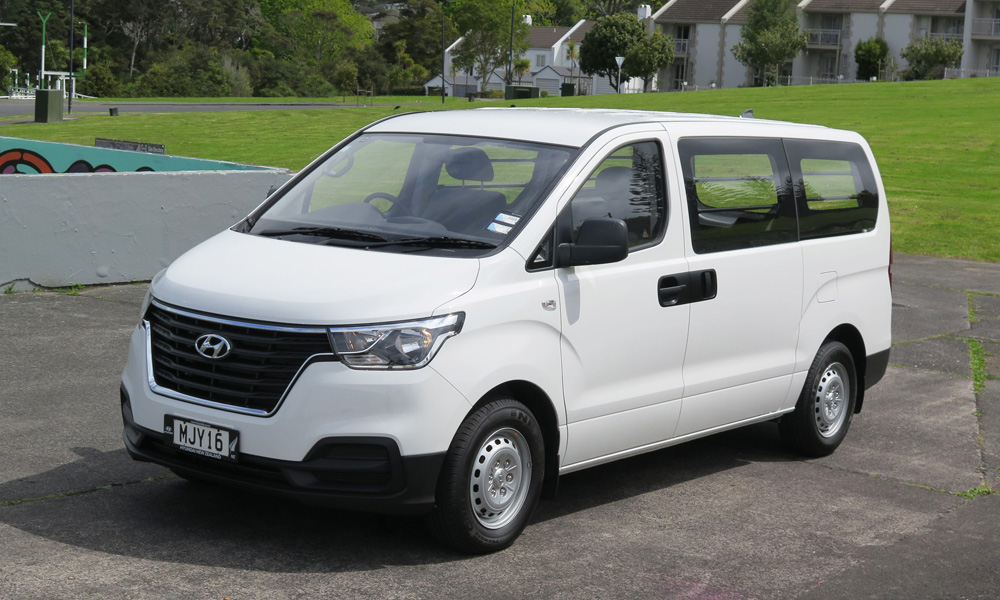
Hyundai Tucson Limited 2021 Car Review
The Hyundai Tucson is a popular model for Hyundai with more than 24,600 units sold in New Zealand since its original launch in 2004. So, it seems only fitting that Hyundai would continue to invest in this strong performer that has ticked the boxes for so many buyers.



